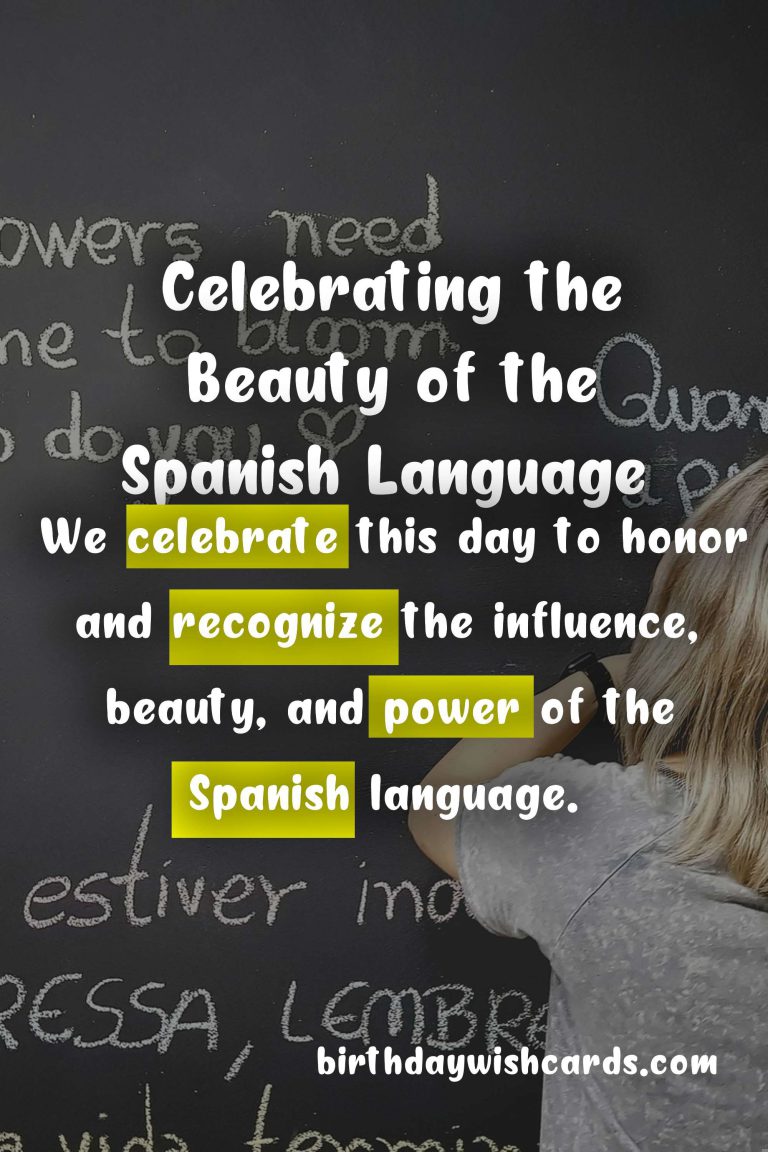July 12 – Day of the Spanish Language: Celebrating the Rich Culture and History of Spanish
Spanish holds a unique and influential place in the world, renowned for its rich history, expressive beauty, and global reach. As the official language of 21 countries and the second most spoken language worldwide—surpassed only by Chinese—Spanish connects millions of people across continents. Every year on July 12, the Day of the Spanish Language is celebrated around the globe, honoring not only the language itself but also the diverse cultures, traditions, and histories woven into its fabric.
The roots of Spanish trace back to the Castile region of Spain, where it began to take form centuries ago. Over time, Spanish evolved and spread, most notably through Spain’s colonization of the Americas. As a Romance language, it shares Latin origins with French, Italian, Portuguese, and others, making it part of a broader linguistic family. Spanish is celebrated for its poetic and melodic qualities, captivating speakers and learners for generations.
Throughout history, Spanish has played a pivotal role in fields such as trade, literature, and the arts. The language has absorbed influences from indigenous languages and cultures, resulting in a vibrant fusion that enhances its expressiveness and diversity. Literary icons like Miguel de Cervantes—author of the classic Don Quixote—have shaped the global literary canon, while contemporary artists such as Shakira continue to showcase the vitality of Spanish through music and performance.
On the Day of the Spanish Language, we are invited to reflect on the language’s enduring significance and cultural impact. Spanish is more than a means of communication; it is a symbol of unity, resilience, and the dynamic diversity of its speakers worldwide.
Historical and Cultural Significance of the Spanish Language
Spanish originated on the Iberian Peninsula, with its earliest form rooted in the Castilian dialect. The Reconquista and the subsequent unification of Spain established Castilian as the dominant language, which later spread globally during the Age of Exploration. Spanish explorers, missionaries, and settlers introduced the language to the Americas, parts of Africa, and Asia, making it one of the world’s most widely spoken languages.
The evolution of Spanish was shaped by contact with other cultures and languages, including Arabic during the Moorish occupation of Spain and numerous indigenous languages in the Americas. This cultural exchange

